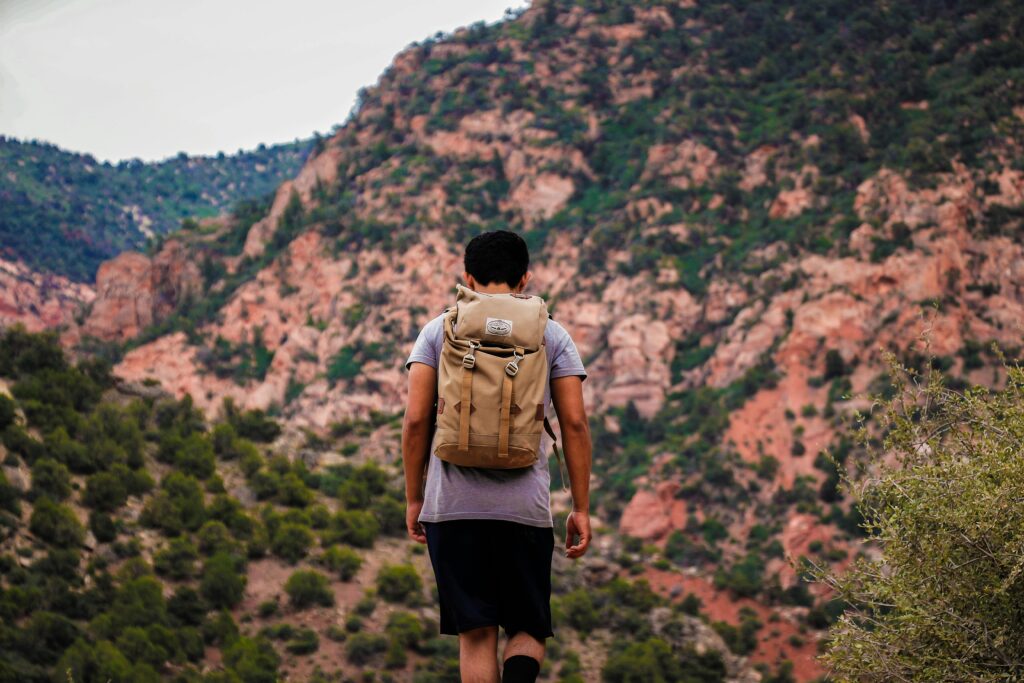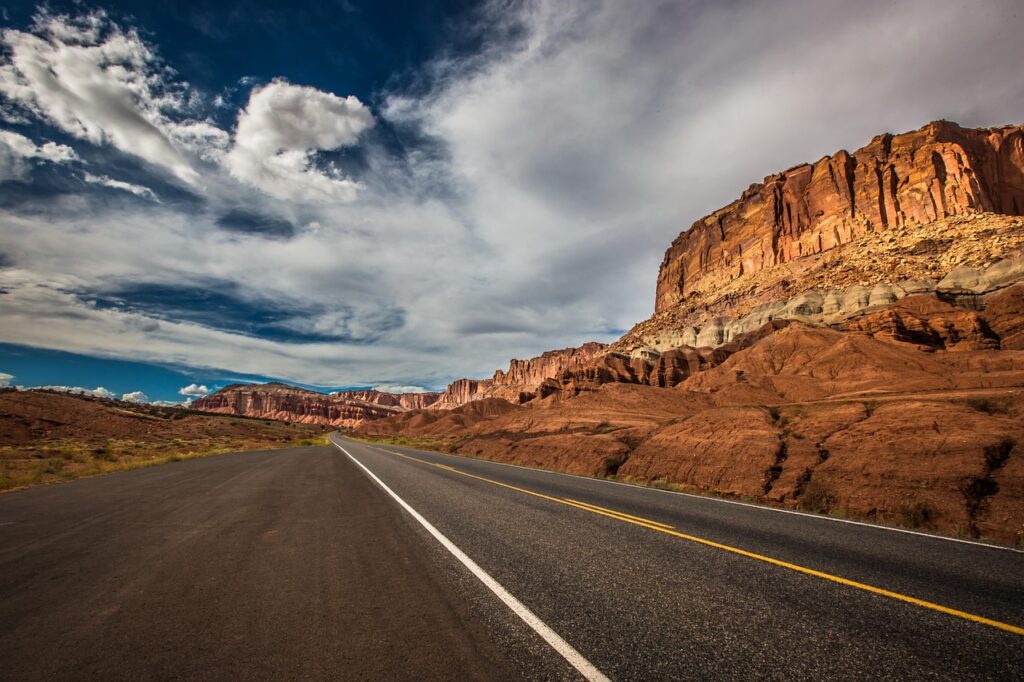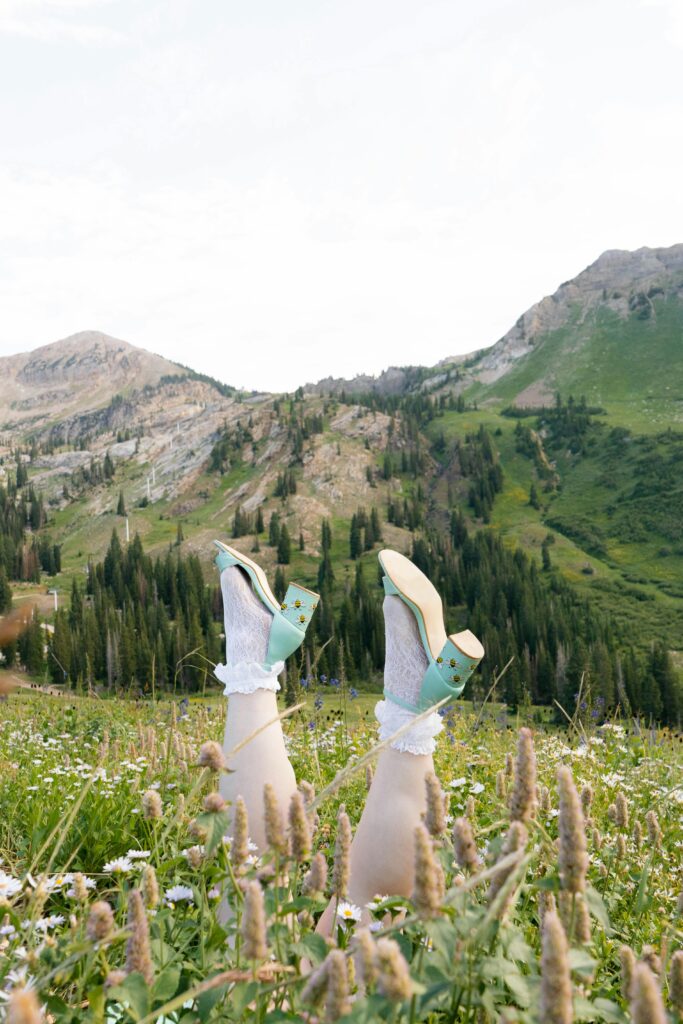Utah’s scenic red rocks and national parks have long been a magnet for Canadian adventure-seekers. In 2023, Canadians accounted for 40 percent of the state’s foreign tourists—over 270,000 visitors—and their longer stays and higher spending made them indispensable to local economies. Yet this spring, a wave of cancellations has left hotels, outfitters, and guides scrambling—and raised urgent questions about how politics, policy, and perception collide to shape cross-border travel.

Why Canadians Are Saying “Nope”
Multiple factors have converged to sour Canada–U.S. travel sentiment this year:
- Political Tensions: President Trump’s musings about making Canada the “51st state” and the threat of 25 percent tariffs sparked boycotts once Canadians learned their prime minister privately warned “Canada is not for sale.”
- Trade Worries: Proposed duties on Canadian steel and aluminum heightened fears of economic fallout at home, prompting many to rethink discretionary spending.
- Border and Flight Concerns: High-profile detainments of Canadians at U.S. entry points and a handful of regional plane crashes eroded confidence in safety and welcome.
- Lost Trust: For travelers like Tina Hunt of Vancouver, these combined affronts meant reassigning her annual Southwest trip to Costa Rica—“We’re part of those Canadians who are ‘Nope. Not until things change,’” she said.
Economic Ripples Across Utah
The downturn is stark:
- Lodging Bookings Plummet: Inntopia data show reservations for May–December arrivals in mountain towns fell 46.6 percent, up from a 40.1 percent decline a month earlier.
- Airport Traffic Drops: Inbound flights from Canada are down 21 percent statewide, with Salt Lake City International Airport already feeling the squeeze.
- Car Travel Collapse: Forbes reports a 35 percent plunge in Canadians driving to the U.S. in April—the fourth straight month of steep declines.
For Moab Springs Ranch, where Canadians once comprised about 2 percent of guests but drove 8 percent of revenue, the result has been $170,000 in lost bookings year-to-date—and zero Canadian stays projected for August.
Beyond Utah: A National Slowdown
This isn’t just a regional glitch:
- National Park Visits Sputter: U.S. Travel Association figures show Americans themselves are cutting back on park trips amid funding cuts—raising the specter of further downturn if domestic travelers fail to fill the gap.
- European Bookings Also Down: Inntopia notes a 30 percent year-over-year drop in reservations from Europe, underscoring broad uncertainty among global travelers.
What Utah and the U.S. Can Do
Industry leaders and policymakers are eyeing several strategies to rebuild trust and demand:
- Diplomatic Outreach: High-level meetings to de-escalate trade rhetoric and reaffirm Canada’s importance to U.S. tourism.
- Targeted Marketing: “Welcome Back” campaigns in Canadian cities emphasizing safety, streamlined border screening, and cultural ties.
- State Guarantees: Utah lawmakers could promise to keep parks operational and well-staffed—repeating the assurances that helped sustain visitation during past crises.
- Incentive Programs: Temporary discounts on park passes, bundled travel packages, and loyalty perks for Canadian travelers to entice re-bookings.

Conclusion
Canada’s brief but powerful boycott has exposed how sensitive tourism flows are to geopolitics and public perception. For Utah’s small-business owners—operating on razor-thin margins—a single market’s retreat can spell real hardship. Restoring Canadian confidence won’t be swift, but through concerted diplomacy, smart incentives, and visible guarantees of welcome, Utah can aim to get its biggest foreign-visitor base back on the trail.
Frequently Asked Questions (FAQs)
Q1: Why are Canadian tourists cancelling U.S. trips?
Primarily due to political tensions (talk of tariffs and annexation), border-control concerns, and high-profile detentions that have eroded trust.
Q2: How big is the impact on Utah?
Canadians made up 40 percent of foreign tourists in 2023 (270,000 visitors). Cancellations have cost properties like Moab Springs Ranch over $170,000 so far.
Q3: Are other markets also declining?
Yes—European bookings are down 30 percent, and overall Canadian arrivals to U.S. National Parks are falling alongside domestic park visits.
Q4: What are “DOGE cuts”?
Informal shorthand for federal budget cuts to the National Park Service, raising concerns about staffing, maintenance, and visitor services.
Q5: Can Utah fill the gap with American tourists?
U.S. park-trip data show Americans are not increasing travel to fill lost demand, making targeted international outreach critical.
Q6: When might Canadians return?
Recovery depends on diplomatic progress and positive safety messaging; even then, regaining trust could take years, as traveler sentiment shifts cautiously.

Sources The Salt Lake Tribute


